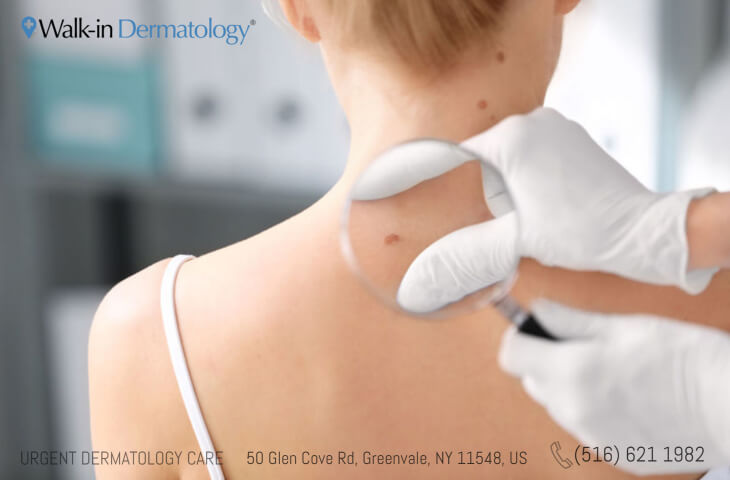Navigating Skin Cancer Cells Treatment: The Vital Duty of Mohs in Modern Dermatology Practices
Skin cancer, an overwhelming medical diagnosis, frequently leaves individuals grappling with many treatment options. As we discover the details of this treatment, one will value its pivotal duty in skin cancer cells therapy.
Understanding Skin Cancer: Kinds and Risks
Skin cancer, a possibly dangerous malady, is far extra prevalent than many individuals recognize. This condition, triggered by the uncontrolled development of unusual skin cells, primarily results from DNA damage due to exposure to the sunlight and ultraviolet (UV) light. There are three primary types of skin cancer cells: Basal cell cancer, Squamous cell cancer, and Melanoma. While the previous 2 are less lethal and make up most of detected cases, cancer malignancy is the most dangerous. It makes up just concerning 1% of skin cancer cases yet triggers the large bulk of skin cancer deaths - hair loss. Risk factors include fair skin, history of sunburn, extreme sun exposure, living at high altitudes or shut to the equator, having several moles, a household background of skin cancer, and damaged body immune system.
What Is Mohs Surgical procedure and Just How It's Reinventing Skin Cancer Therapy
Regardless of the numerous treatments presently available for skin cancer, Mohs surgery stands out as a groundbreaking and very efficient remedy. Named after Frederic E. Mohs, the physician who developed the procedure, Mohs surgery is a precise surgical technique made use of to treat skin cancer. Throughout the procedure, slim layers of cancer-containing skin are progressively gotten rid of and analyzed till just cancer-free cells remains. This technique enables the surgeon to validate that all cancer cells have been gotten rid of at the time of surgical treatment. This degree of accuracy, integrated with the ability to spare as much healthy and balanced cells as possible, is reinventing skin cancer therapy. Consequently, Mohs surgical treatment has become a keystone of modern dermatology techniques.
The Advantages of Mohs Surgical Procedure Over Typical Skin Cancer Treatments
Structure on the innovative nature of Mohs surgical procedure, it's critical to consider its countless benefits over standard skin cancer cells treatments. Unlike common procedures, Mohs supplies a greater cure price, frequently getting to 99% for newbie treatments and 94% for persistent cancers cells. In addition, it lessens damage to healthy skin, leading to less scarring and enhanced aesthetic end results.
The Treatment of Mohs Surgical Treatment: What to Anticipate Throughout the Refine

Prospective Adverse Effects and Post-Operative Care of Mohs Surgical Treatment
Undertaking Mohs surgical procedure, like any kind of various other medical procedure, includes prospective side results that clients go to my site need to understand. Common negative effects include discomfort, wounding, and swelling at the surgery site. Nonetheless, these are normally temporary and workable with over-the-counter pain medicine and ice bag. In uncommon instances, individuals may experience infection, blood loss, or an allergic response to the local anesthetic. Post-operative care is critical to healing and reducing adverse effects. This generally entails maintaining the injury clean and dry, taking recommended drugs, and preventing laborious activities. Patients should also attend all follow-up consultations for injury treatment and tracking. Sometimes, extra treatments might be required to guarantee total removal of the cancerous cells. Abiding by these post-operative care guidelines can significantly enhance recovery and outcomes.
Conclusion
